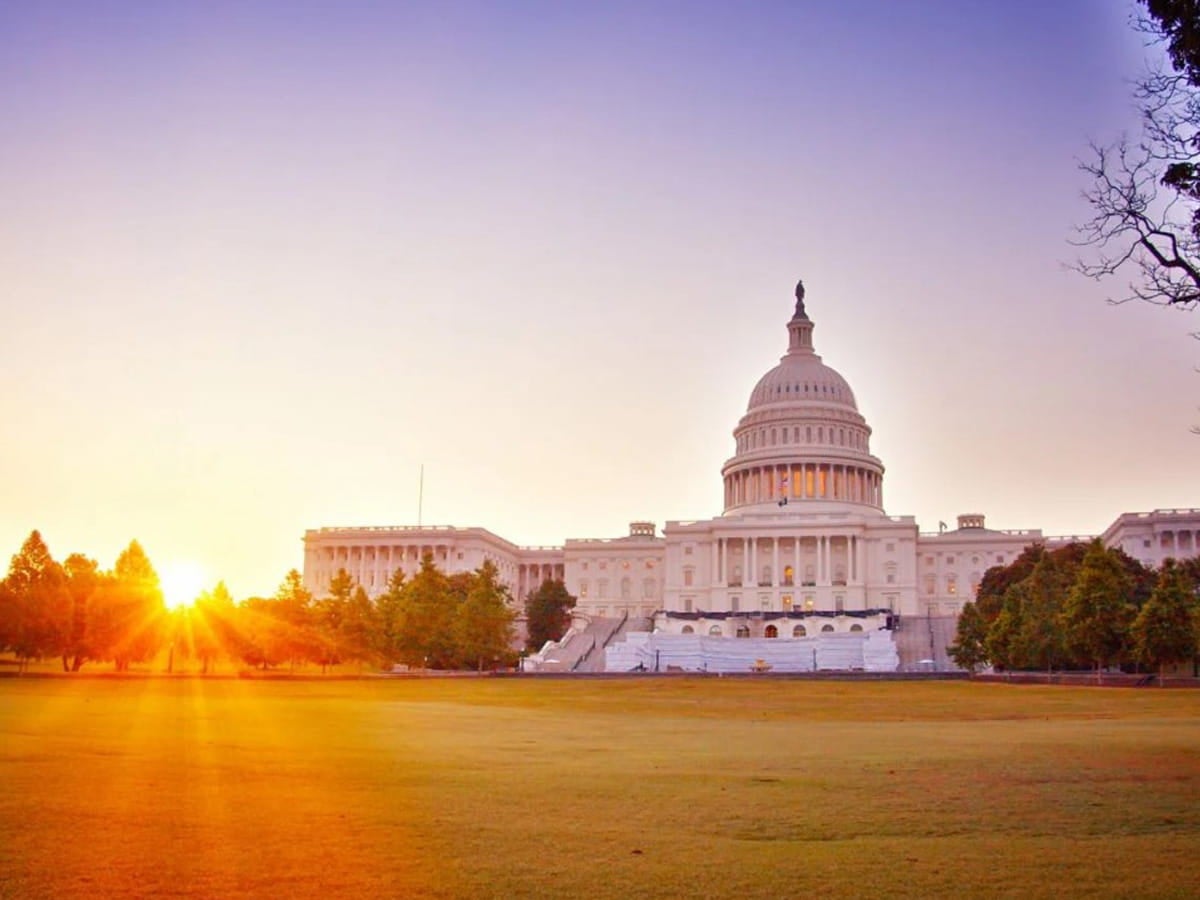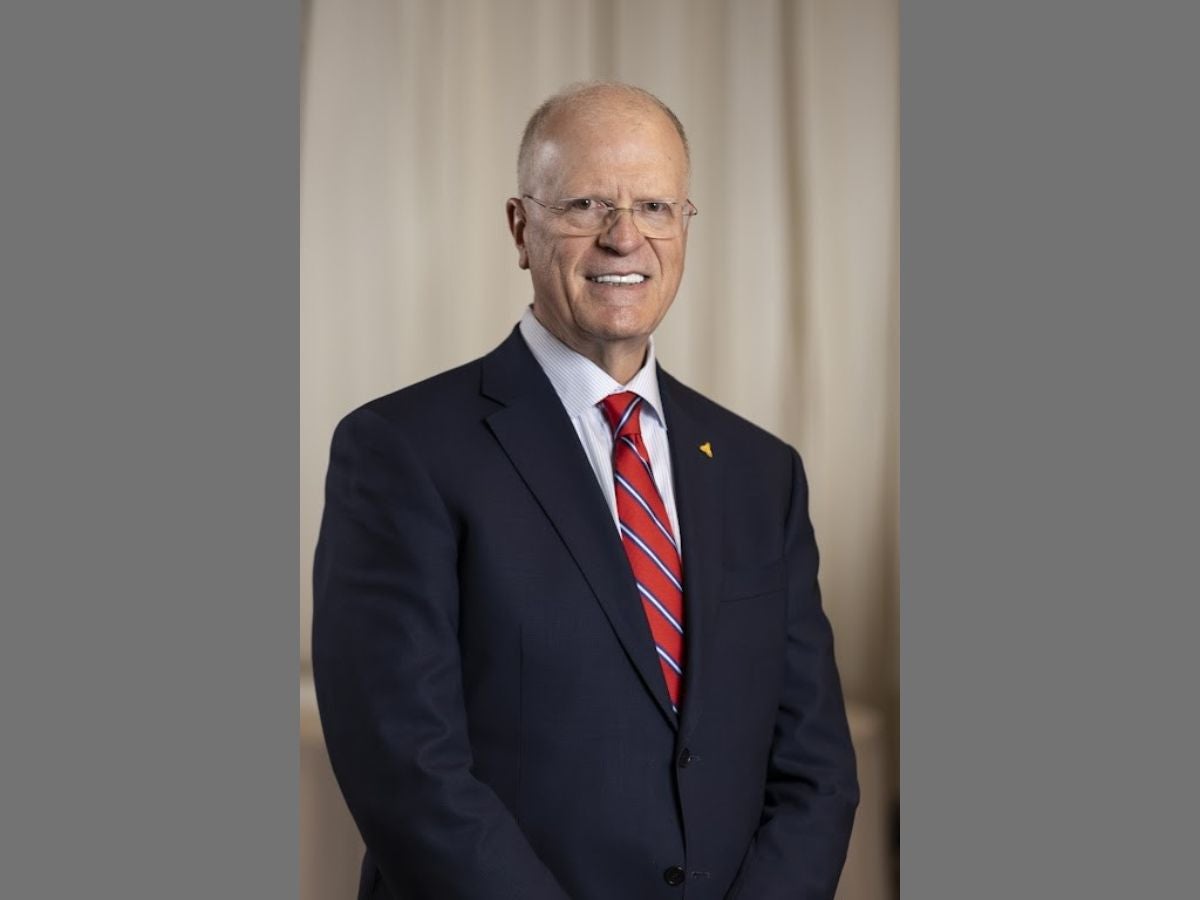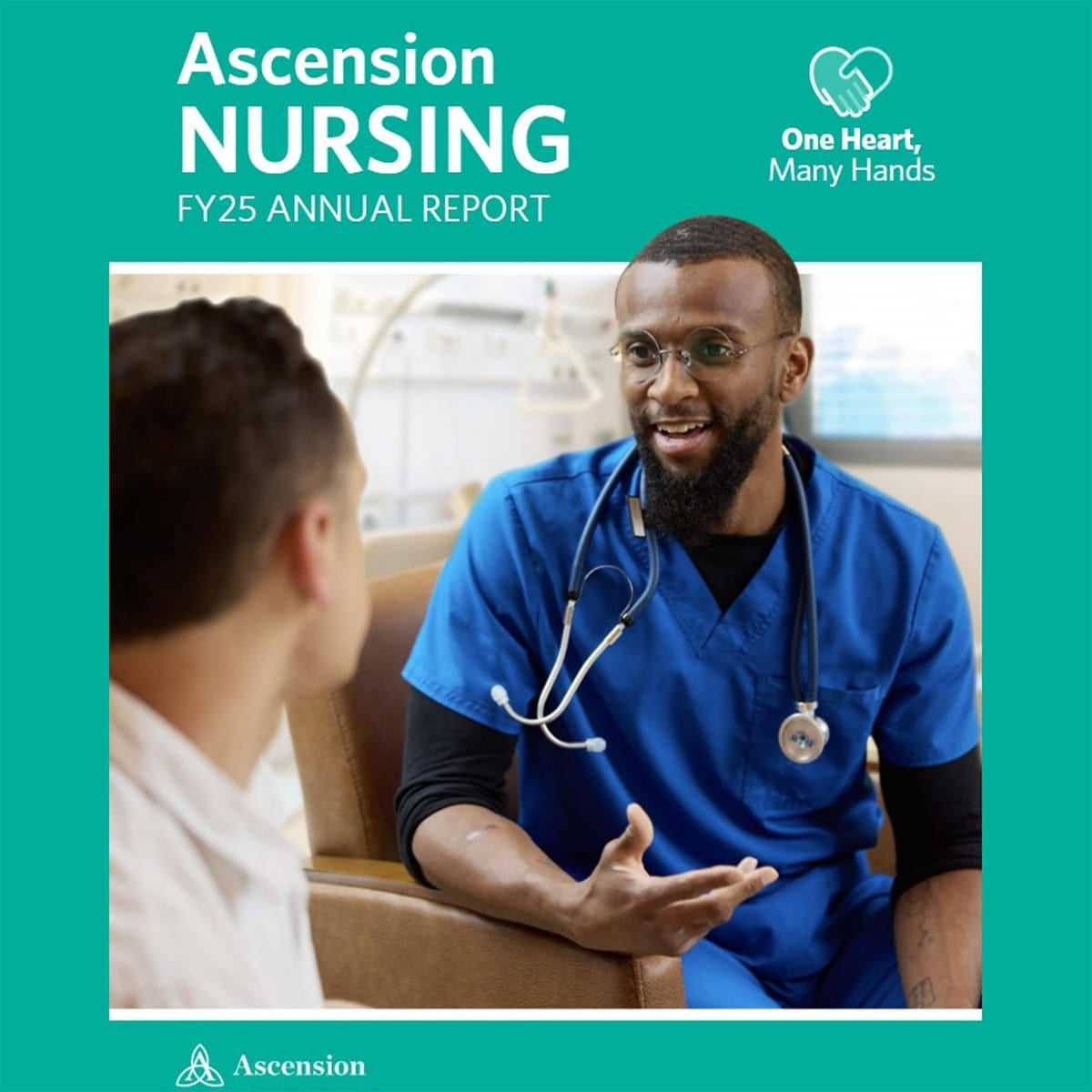Rising from the dense forest of the sparsely developed East End area of Grand Cayman, a new healthcare center of excellence brings the promise of new levels of care and expanded economic development to the entire Caribbean region.
It’s been 10 months since Health City Cayman Islands (HCCI) construction officially began, with a grand opening commissioning scheduled for February 2014 and the first patients being seen shortly thereafter.
Building a 140-bed, 107,000-square foot hospital in 12 months is an amazing feat, according to Bob McCoole, Senior Vice President for Facilities at Ascension Health. “It’s a very aggressive schedule, and to keep to it, everything is scheduled down to the final coat of paint,” he said.
The hospital will be a center of excellence providing tertiary-level healthcare services not currently available in the Cayman Islands, particularly cardiac/vascular surgery, cardiology, and orthopedics and joint replacement. It’s the first phase of what the Caymanian government and local civic leaders expect will be a new economic engine for the country, which is a British protectorate. To support the public-private partnership, the government has provided significant support and concessions, which were required in order for the project to be a success.
“There’s going to be a tremendous amount of development around HCCI,” McCoole said. “It’s a big, big deal for the Cayman Islands.”
As the project progresses over several years, HCCI will provide new opportunities for Caymanians to work in healthcare. Currently, about 40 percent of the 1,500 people employed in the nation’s healthcare industry are Caymanian, and increasing that number will take time and new education programs.
“That’s a big part of the value of HCCI to Cayman,” said Gene Thompson, the project’s local developer and partner. “Besides improving the healthcare services available here, we want Caymanians to have more career opportunities beyond the financial and the tourism industries.”
Combining Cultures
The project has been a cultural revelation for McCoole and for the other leaders of Ascension who have been involved.
“Working with architects and builders from the Cayman Islands and the U.S., and with input from our partners from India, has been fascinating,” he said. “Bringing these cultures together to create the first phase of the Health City concept has been a remarkable experience.”
The facility is designed by a U.S. architect in collaboration with an architectural firm from the Cayman Islands. The hospital is being built through a joint venture composed of a Cayman-owned construction company and one based in the U.S.
“You have to realize that there hasn’t been a hospital built in Grand Cayman for years, so there wasn’t that expertise in the country,” McCoole said. “So the joint venture combines knowledge of hospital construction from the U.S. with local knowledge and connections.”
Creating the knowledge was step one. Finding the workers was step two.
Meeting Challenges
“Pulling together the workforce to actually build the facility was largely the good work of Gene Thompson and his team,” McCoole said. “It was a real feat to assemble 300 people for this project. Right now it’s the largest construction project on the island.”
Thompson has been a key to its success. He is proud of the large number of Caymanians working on the project, including some who would have had a difficult time finding other work because of their past mistakes. He’s a firm believer in giving people a second chance. So far that faith has been rewarded.
“I am as much of a free-marketer as you can get, but I also believe in creating opportunities,” Thompson said. “So this has worked out well for the project and for our workers.”
“Gene has done a great job keeping things on budget and on time, and especially in bringing job opportunities to local residents,” McCoole said.
McCoole said another challenge to building on a small island is the availability of supplies – or lack thereof.
“Pretty much everything has to be shipped there,” he said, including cement. But the construction team is taking advantage of local building practices, such as using locally produced concrete block for the walls where possible rather than poured concrete.
Energy Efficiency is Key
Building a hospital in a climate that’s hot year-round means energy efficiency is a major concern – especially because the cost of electricity is about five times the U.S. average.
The hospital is using insulated concrete forms where possible. These forms create concrete walls with integrated insulation on both sides, increasing efficiency. “It’s a relatively new technology, and we’re thinking about where it would make sense to adapt for our U.S. construction projects,” McCoole said.
In another nod to reducing energy costs, the project managers are exploring the possibility of using solar panels to provide much of the hospital’s electrical power, while also producing shade to some parking spots, which will all be surface spaces.
Lessons to Learn
Ascension’s primary objectives in partnering with Narayana Health in Health City Cayman Islands are to learn from its chairman, Dr. Devi Shetty, and his team about their internationally recognized success at providing high-quality healthcare at low cost, in order to explore whether their methods can help reduce costs in U.S. healthcare; and to serve the underserved populations in the Caribbean region.
Dr. Shetty wants to demonstrate that the methods that have been so successful in India can be replicated in the first world. At the same time, HCCI will provide opportunities for professionals from Ascension and NH to work together to create new, more efficient and effective models of care.
McCoole said his team is already benefiting from seeing how the hospital is being designed and built. They’ve noted the creative use of space compared to the number of patient beds in the facility. By creating mostly semiprivate rooms and reducing non-bed space, the construction cost per bed is about half of the costs of building in the U.S.
“Although we can’t apply all of the design and construction methods in the U.S. because of different codes and different market requirements, we’re paying close attention for ideas we can adapt to help be more cost-efficient,” he said.
Focus on Safety
One point of pride for both Ascension and the Cayman construction team is the project has had no construction-related accidents so far. “We’ve had a tremendous emphasis on safety since the beginning, but having no accidents is really amazing,” McCoole said, “especially considering that many of the workers are paid according to their production rather than by the hour.
“So when the supervisors ask them to slow down to increase safety, it’s quite an accomplishment,” McCoole added. “Safety is a very positive thing we try to reinforce all the time about this project.”
For more information on the initiative, go to www.healthcitycaymanislands.com.



